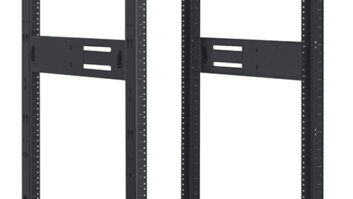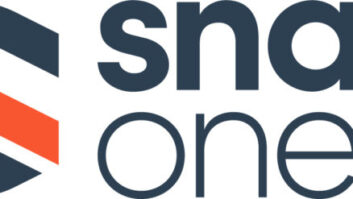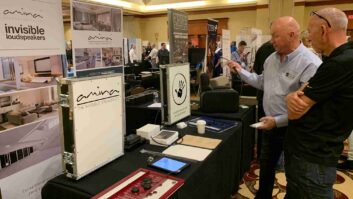During the last seven years that I have been reviewing, selling, installing, and supporting home networking products I rarely come across a product that exemplifies the benefits and enhanced enjoyment of a connected home as well as the grand piano that I gave my wife for Christmas retrofitted with the Opus7 Music System from PianoDisc.
The Opus7 Music System, released in 2004, adds a silent Linux-based computing platform attached to the underside of any grand piano. Opus7 supports two primary file types: MIDI and MX3 (compressed digital audio and MIDI in the same file). The piano is always controlled by the MIDI component of the file and there are two separate forms of accompaniment. Symphony accompaniment is generated via MIDI messages sent to the internal SymphonyPro sample-based MIDI synthesizer. The SymphonyPro synthesizer can provide up to 128 different sampled instrument sounds. Additionally, live (recorded) music can accompany MX3 playback. The live music can consist of vocals and other sounds not available via the SymphonyPro. Both of these audio enhancements to the piano acoustics are amplified and sent to the stereo speakers also attached to the underside of the piano.
The computing platform has a wired 10/100 ethernet connection or a bridged 802.11b wireless connection to connect the piano wired or wirelessly to the home network switch backbone. Now one can control the songs played on the piano from any browser-connected workstation in the home, whether that be a desktop, a laptop, or one of the newer touchscreen web-tablets or smart displays. In addition, since the piano is connected to the home network one can move MIDI songs from an office computer onto the Opus7 Music system for piano playback or take songs that have been played and recorded on the piano hard drive and move them back to the office computer.
The fact that the Opus7 Music system is attached to the home network (and therefore to a broadband Internet connection) means that it can now download piano MIDI files directly from the Internet for playback at home. PianoDisc has set up a file server with a few of these songs that demonstrate the powerful feature that an Internet library of music can add to their piano. Instead of purchasing individual shrink-wrapped piano CDs or floppies, one could download the songs directly to the piano and purchase them by credit card from the office computer. Or, imagine a monthly audio subscription service like those offered by MusicMatch or Listen.com for Piano MIDI files. You can envision how all of those grand pianos (that often sit idle in our clients homes) can suddenly be brought to life!
Last, but not least, one can connect the audio output of the piano plus symphonic orchestration to a whole-house music distribution system. The same beautiful music one hears directly from the piano inside the house can now be heard from the backyard deck or patio speaker system.
I obviously get excited when I write about a product like the Opus7 because it clearly demonstrates the increased value of adding networked connectivity and broadband Internet access to your homes electronics. The Opus7 does much more than todays existing piano players that are limited to input from discrete floppy disks or CDs and controllable from fixed-key IR remotes. Now one can enjoy a product with a potentially limitless database of music, playable in any play-list one can dream up, and controllable from any of the increasing number of rich graphical computing platforms in the home, be they PCs or Macs.
Products like the Opus7 give us an exciting solution that adds enduring value to our customers increasingly connected home. A melodic reminder to our clients that they chose the right custom integrator each time it plays.







